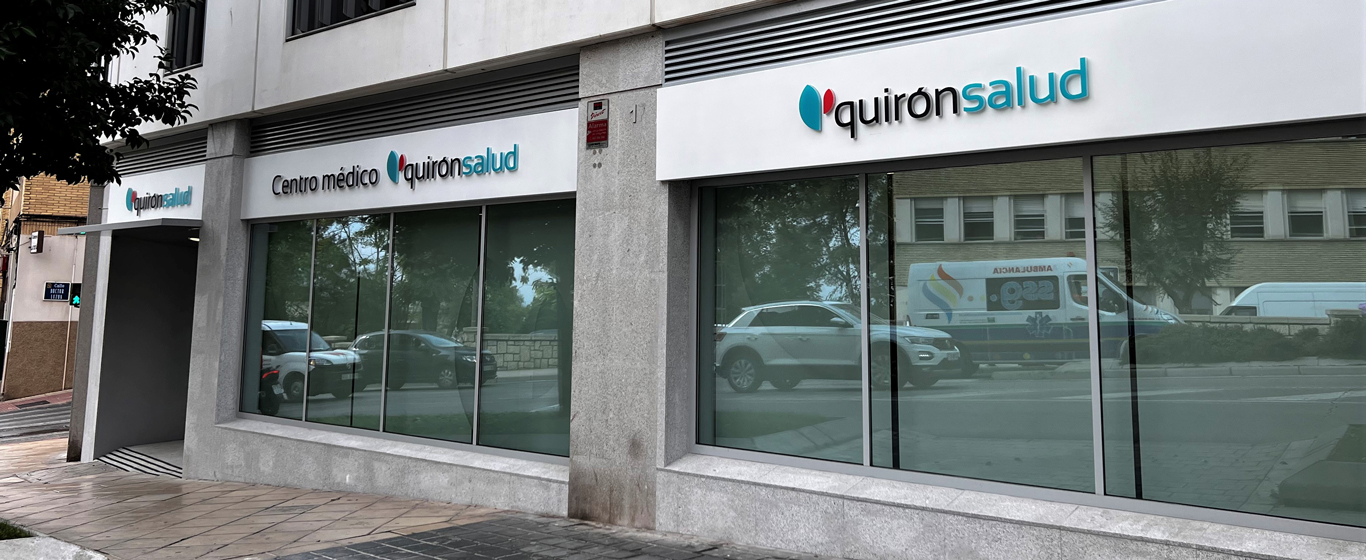Dyslexia
What types of dyslexia are there? Everything about the symptoms, diagnostic methods, and the most effective treatments for this disorder.
Symptoms and Causes
Dyslexia is a learning difficulty caused by a central nervous system disorder that alters the ability to understand written language. People affected by this condition make accuracy errors when reading and writing both letters and numbers.
Reading difficulties stem from problems recognizing the sounds of spoken language (phonological awareness) and linking phonemes with graphemes—in other words, connecting sounds to letters. These difficulties with decoding written text are not related to intellectual capacity, so early diagnosis and personalized support usually lead to good outcomes. However, there is currently no definitive cure for dyslexia.
Dyslexia can affect various aspects of language and is therefore classified into different types:
- Phonological dyslexia: Words are not read by converting graphemes into phonemes but are interpreted as a whole to deduce their meaning. This approach facilitates reading familiar words but hinders the understanding of new words and often causes confusion between similar terms.
- Surface dyslexia: Although individuals can read words correctly, they struggle to grasp their meaning. As a result, they find it difficult to understand long words, homophones, or texts in other languages.
- Deep or mixed dyslexia: This type involves both of the previously mentioned impairments simultaneously. Errors occur while reading, especially aloud, as well as in the comprehension of words.
Symptoms
The symptoms of dyslexia manifest across three main areas:
- Oral communication:
- Delayed onset of speech.
- Difficulty finding the right word.
- Need to repeat specific data to understand the exact meaning of a message, even when the general understanding is adequate.
- Use of visual aids to retain information when speaking in public.
- Reading:
- Aversion to reading, writing, and arithmetic.
- Slow, hesitant reading with errors (omissions, substitutions, or additions of letters; reversals like reading "b" as "d"; or inversions like reading "le" instead of "el").
- Poor reading comprehension.
- Difficulty spelling.
- Writing:
- Trouble writing down a thought that has been expressed verbally.
- Difficulty organizing a text and punctuating it correctly.
- Poor syntax.
- Limited vocabulary and weak writing skills.
- Spelling mistakes (such as substituting consonants that sound similar) and difficulty recognizing them.
- Letter inversions, substitutions, rotations, or omissions.
Causes
Dyslexia occurs when information is processed differently than usual. Studies indicate that individuals with this disorder use a different part of the brain for reading compared to those without dyslexia.
There are two types of dyslexia based on the underlying cause:
- Developmental dyslexia: Caused by neurological alterations that affect learning capacity.
- Acquired dyslexia: Results from brain injury and affects individuals who previously had normal reading abilities.
H2: Risk Factors
The main risk factors for dyslexia are a family history of the condition and the presence of other learning difficulties.
Complications
Dyslexia causes lifelong learning challenges and, during childhood, may lead to academic failure if not properly addressed. Additionally, individuals with dyslexia are more prone to low self-esteem and social isolation due to a strong sense of shame. In many cases, this disorder is associated with attention-deficit/hyperactivity disorder (ADHD).
Prevention
Dyslexia cannot be prevented.
Which doctor treats dyslexia?
Dyslexia is treated by speech-language pathologists, while neurologists, psychologists, and pediatricians are involved in the diagnostic process.
Diagnosis
Although dyslexia is sometimes diagnosed in adulthood, in most cases it is identified in educational settings. Early diagnosis is crucial to help patients acquire the tools they need to cope with the associated challenges. However, it is not until around age seven or eight that professionals can determine whether the issue is a disorder or simply a developmental delay.
When difficulties arise in learning symbols—especially if there was an earlier delay in language development—a comprehensive evaluation is conducted in several areas:
- Speech: Expression and phoneme processing ability.
- Reading: Fluency and comprehension.
- Hearing and vision: Assessment of auditory and visual capabilities.
- Cognitive development: Reasoning, memory, and attention.
- Psychological status: Identification of emotional issues or mental disorders.
Numerous dyslexia tests are used to diagnose the condition. All of them assess phonological awareness, decoding skills, reading fluency, reading comprehension, and rapid automatized naming.
Treatment
There is no specific treatment to correct dyslexia. Management must be tailored to each individual and should include the techniques best suited to their specific needs. The most effective approaches include:
- Educational techniques: These help process incoming information, recognize phonemes, improve reading fluency, and enhance comprehension. Methods often involve multisensory learning, reduced study time, or the use of technology.
- Speech therapy: These techniques promote phonological awareness, enhance language processing, improve syntax, and expand vocabulary.

































